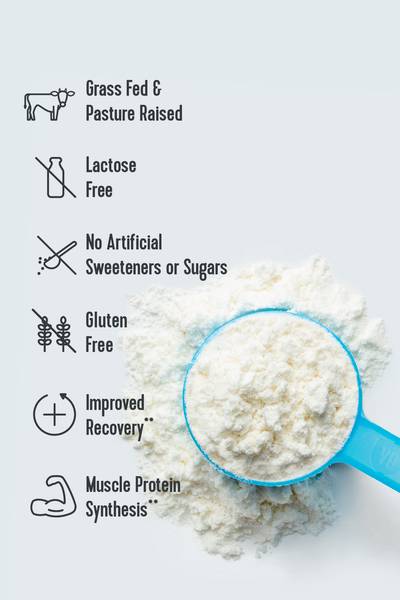One of the most challenging, time-effective workouts out there ishigh-intensity interval training(HIIT). But how much HIIT per week is ideal? And could too much of a good thing actually be a bad thing?
HIIT is a whole-body workout that offers multiple options to prevent exercise boredom. It combines vigorous exercises with brief moments of rest and is often done in a class environment. It's especially effective to add to your training plan if you're short on time or have only a few days a week to get your workouts in.
On the flip side, doing HIIT daily may cause symptoms of overtraining or even cause you to hit a workout plateau or fatigue — meaning it may be time to reassess your weekly workout plan.
Here's how to determine how much HIIT per week is right for you.
Vital Note: This article has been made available for informational and educational purposes only. It is not intended to be a substitute for professional medical advice, diagnosis, or treatment. Always seek the advice of your physician or another qualified health provider with any questions you may have regarding a medical condition. Your licensed healthcare professional can best provide you with the diagnosis and treatment of any medical condition and assist you as well in deciding whether a dietary supplement will be a helpful addition to your regimen.

How many HIIT workouts per week should I do?
This depends on your fitness level and goals. If you're just starting out, adding one HIIT workout to your weekly schedule is a great place to begin. If you're more experienced, doing two to three HIIT workouts each week is the sweet spot.
If you're wondering whether you're doing too much HIIT, get back in touch with your goals and track how well you're progressing. A good way to gauge this is if you're bored by your workouts or you dread going to the gym. This might mean that you're doing too much, causing you to go through the motions and actually not get in a solid workout.
Is It OK to do HIIT everyday?
Short answer — no. Overtraining is actually more harmful than helpful. More workouts don't always equal better results and can even lead to injury. While moderate workout soreness is okay, your workouts shouldn't be painful. Rest days are crucial to helping boost your fitness and taking care of your body.
If you're experience overtraining symptoms, such as unusual muscle soreness, difficulty recovering, or feeling sluggish during your workouts, this is your body signaling you need to cut back on HIIT.
Is a 20-minute HIIT workout enough?
A 20-minute HIIT workout can definitely be effective, especially if you are very strategic with the programming of your workout. You'll want to be sure to add in moves that work your full body and get your heart rate up, such as kettlebell swings, squat to press and burpees. (If you need some inspiration, try these 20-minute workouts!) It's also up to you to recognize when you need to move up in weight and push yourself harder.
How many calories does a hiit workout burn?
This depends on a variety of factors, including how long your workouts are, the intensity of your workout and your body composition. One study found that a 30-minute HIIT workout can burn up to 450 calories, but this is not cut-and-dried. How many calories you burn during a HIIT workout will vary from person to person.
Remember, exercise is an endorphin-booster and workouts like HIIT should be a fun way to stay active. But if you're spending most of your free time planning, doing or obsessing about your workouts, that's a problem. Check in with yourself and how much time you really need to work out to feel your best both mentally and physcially.















